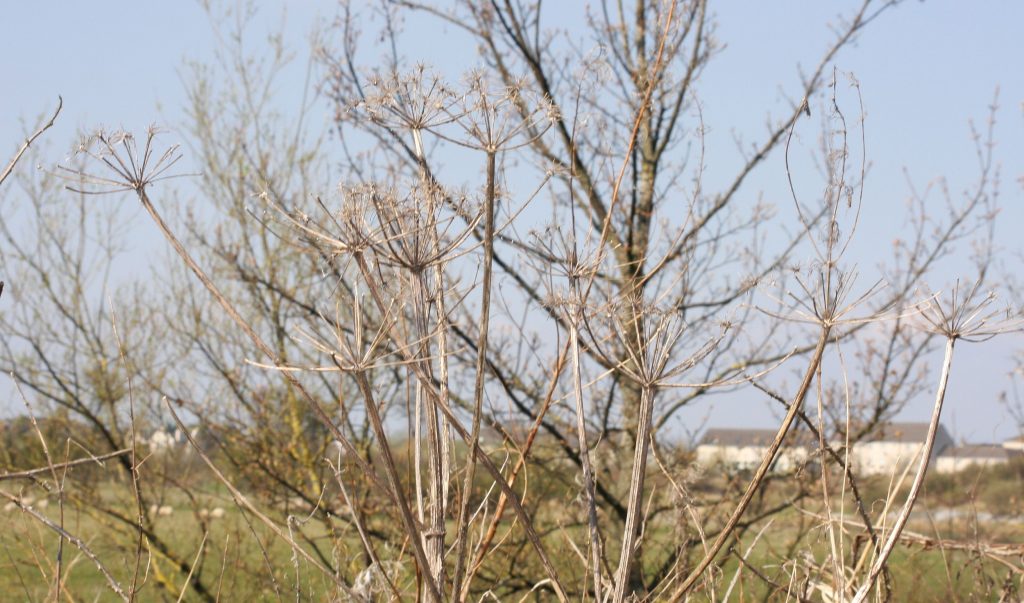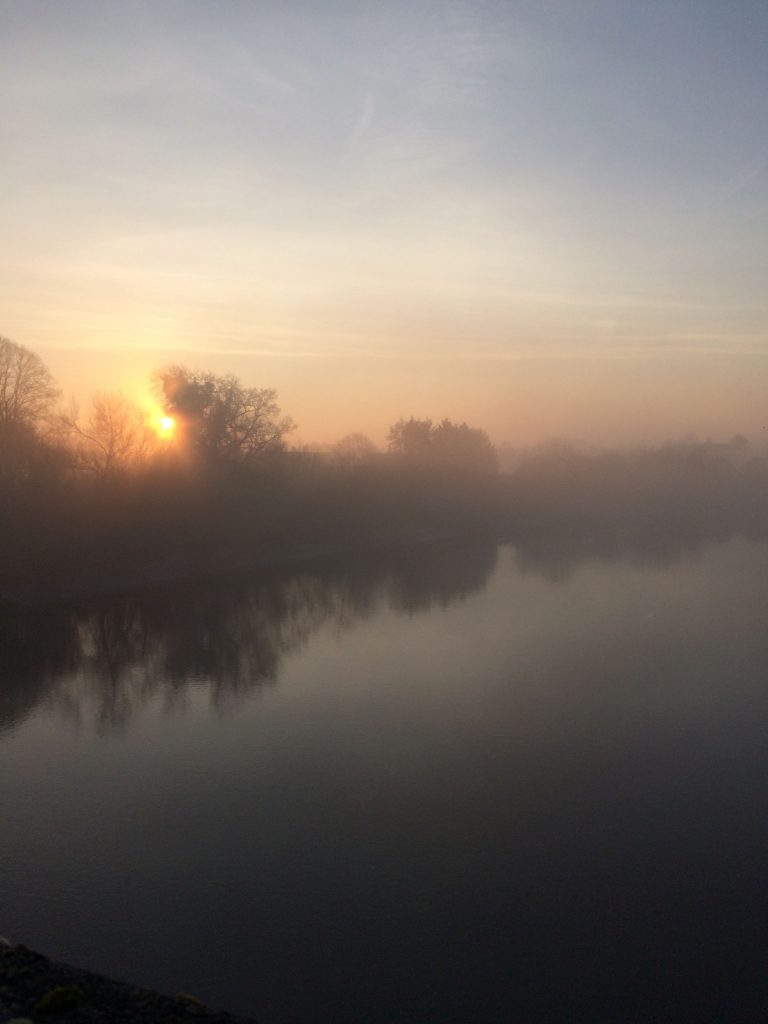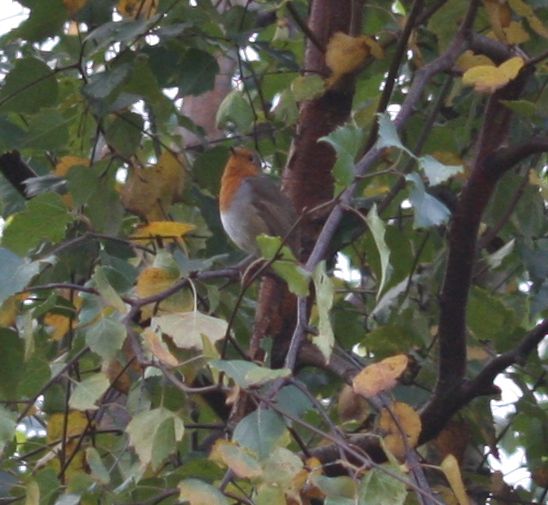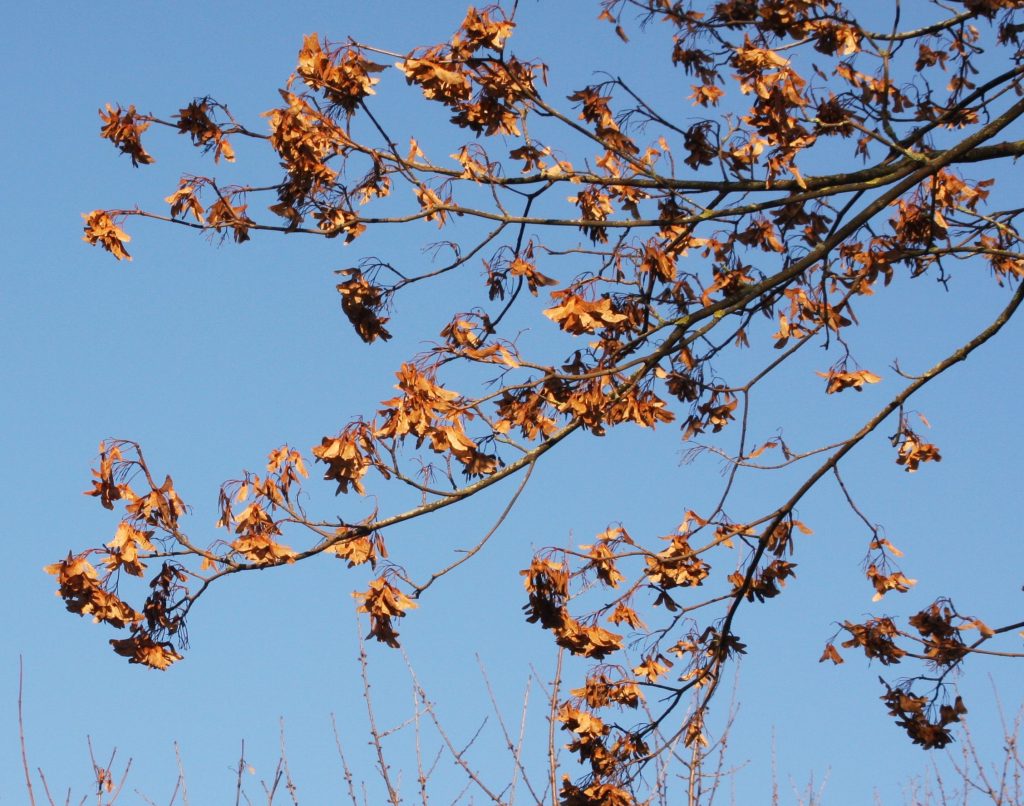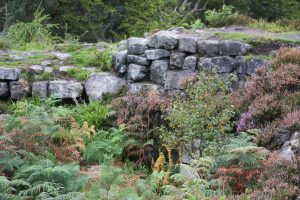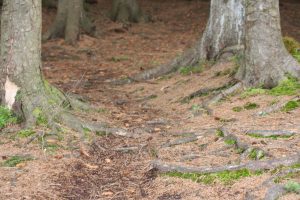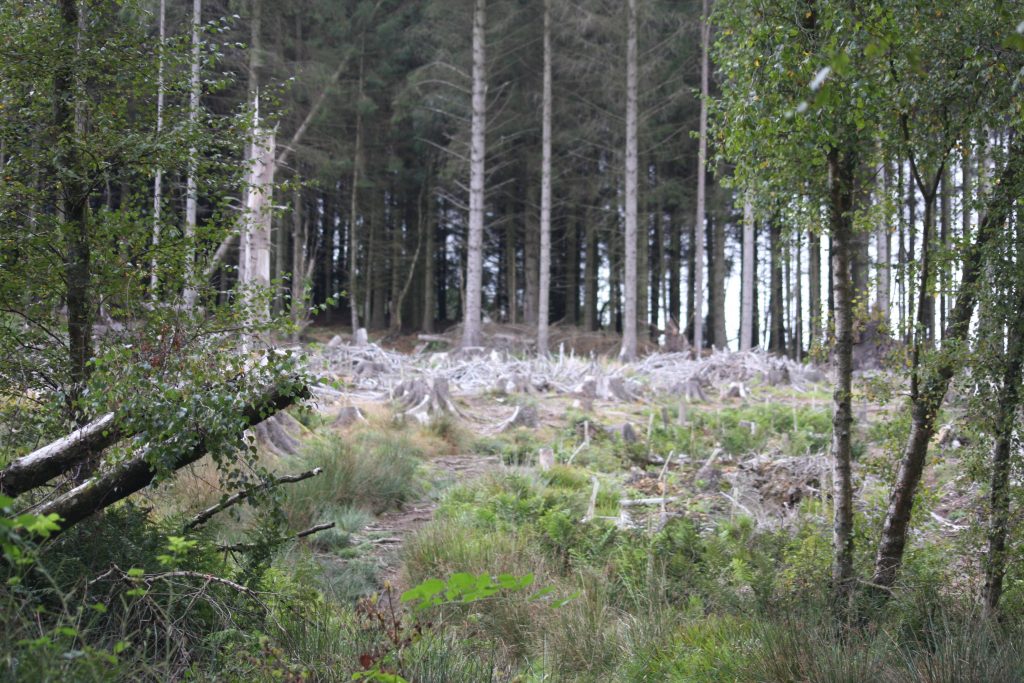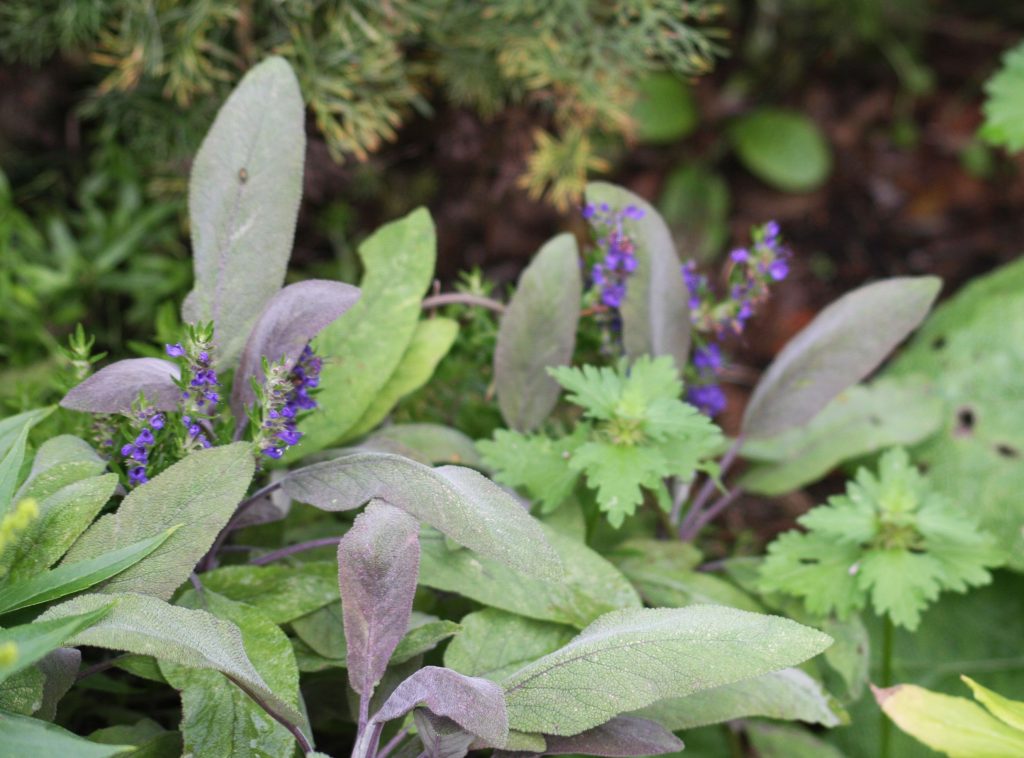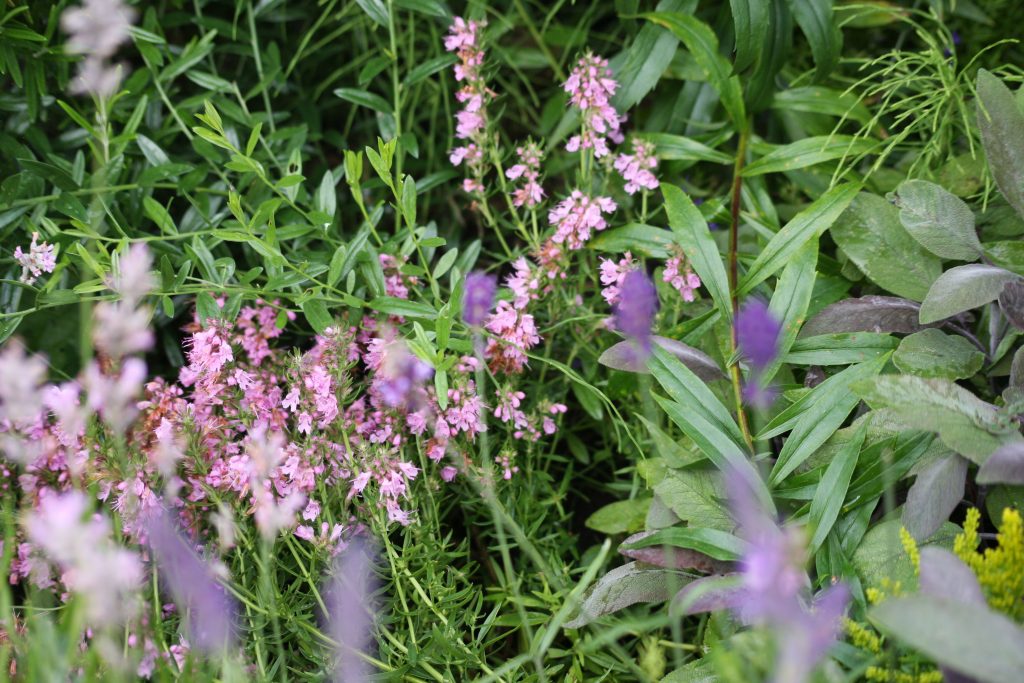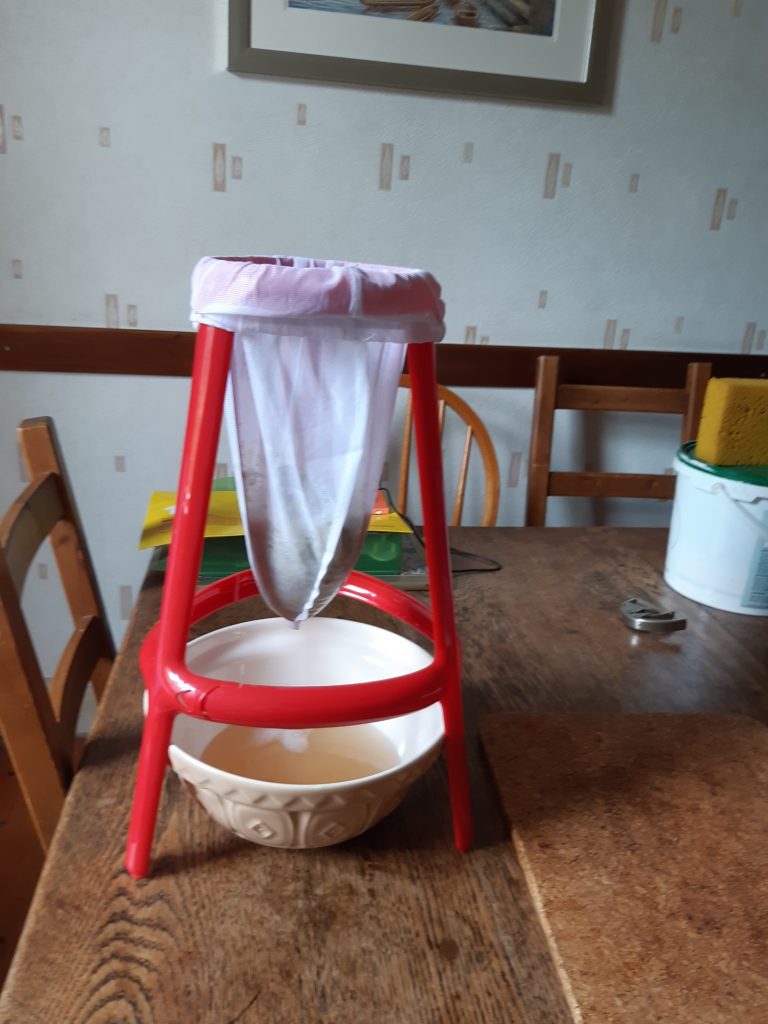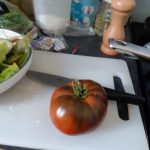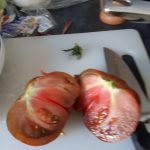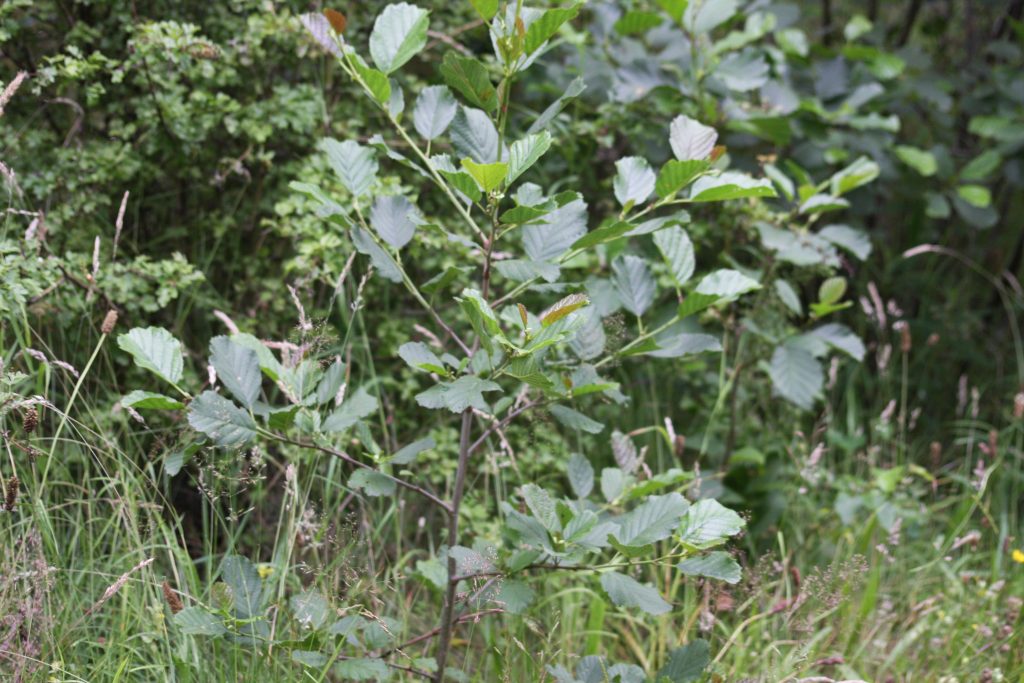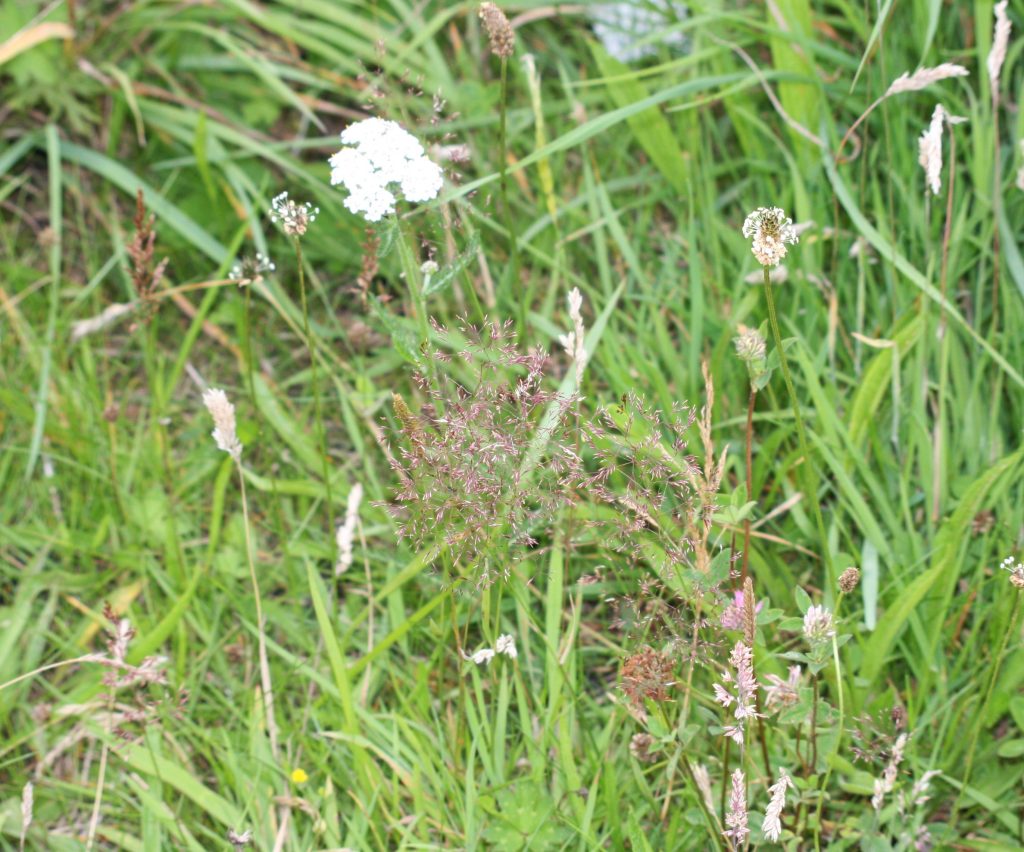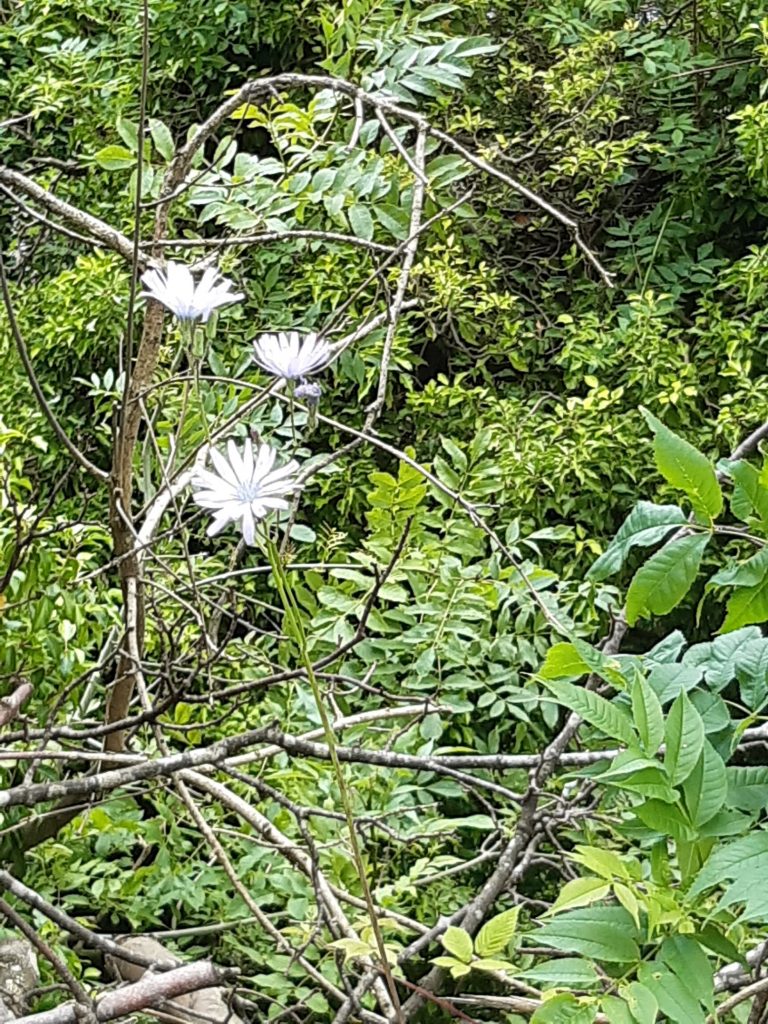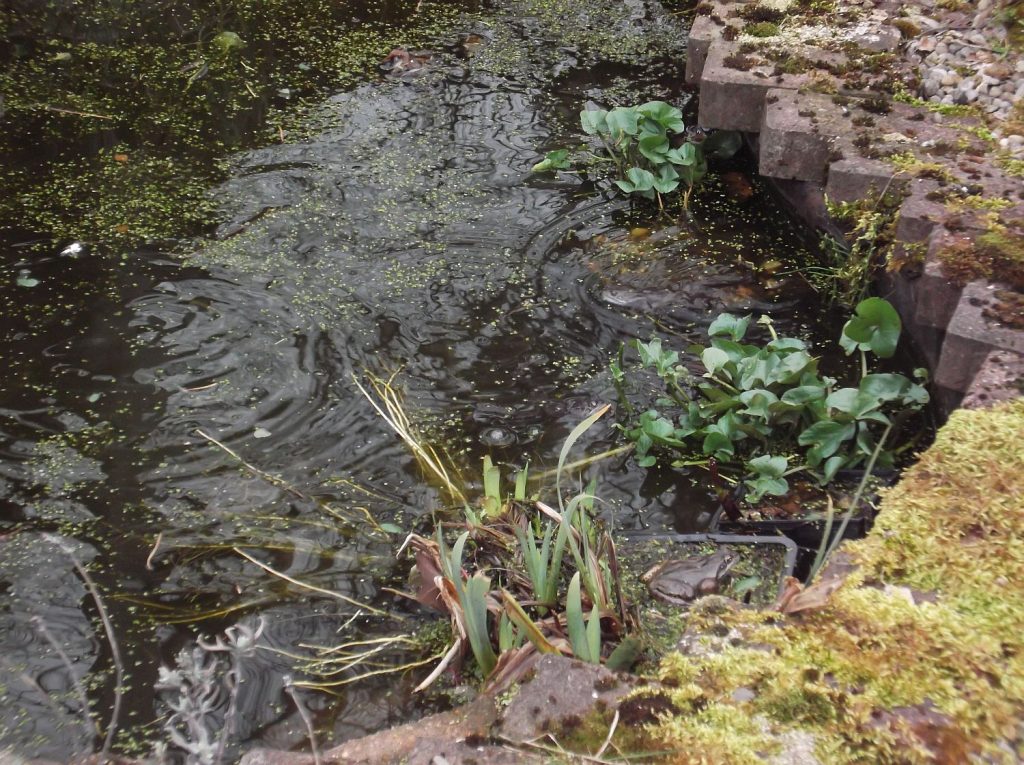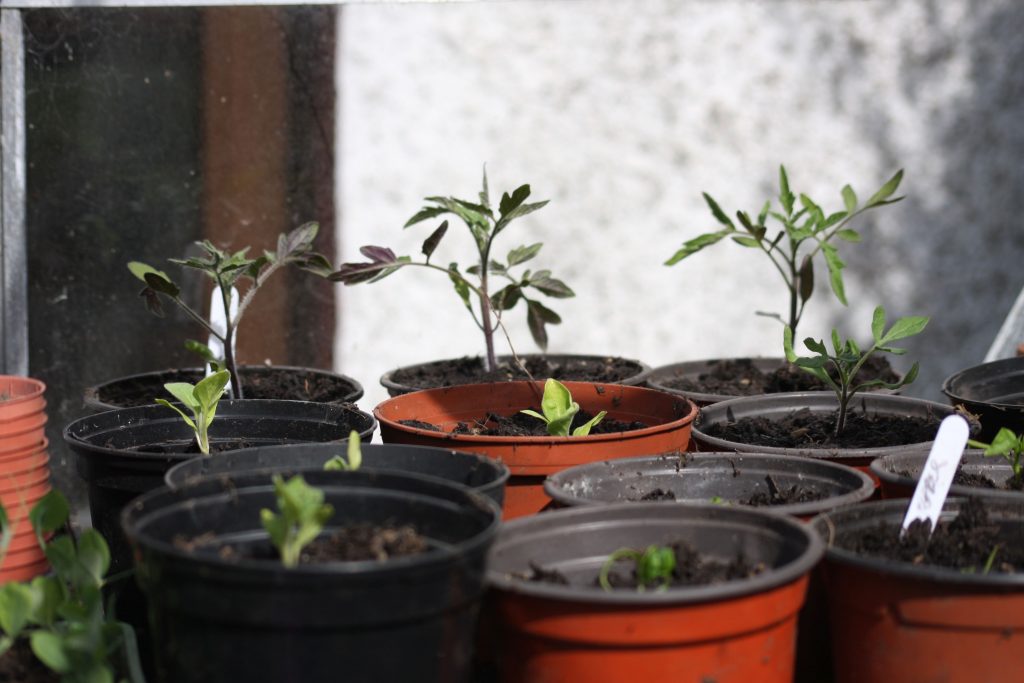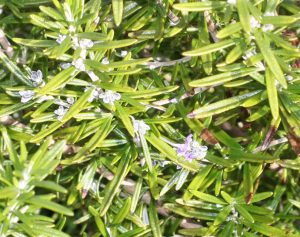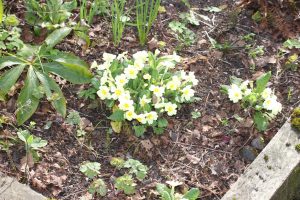
The birds are teasing me this year. Wrens and blue tits have checked the pot out several times, but they are just eating the spiders and moving on. There are plenty of birds actually nesting here though – blackbirds, tree sparrows, robins, blue tits and great tits, chaffinches, and wrens – though where the wrens are I don’t know. There’s a male singing from the top of the birch tree and it’s already seen off two blackbirds and a couple of sparrows, but I can’t see where he goes. In fact the amount of (non-human) fornication and frolic in and around the garden has been unbelievable. Pigeons have been pushing each other off branches and rooftops for weeks, and there was a pair of wagtails chasing each other across the bridge.The frogs were late to the party, arriving only two weeks ago, but they were extremely prolific, and the tadpoles are growing nicely in spite of the frost and magpies who are nesting in next door’s big cypress tree, and all the other creatures who are likely to eat them.
In spite of the frosts all this week and the sunshine most days after it, the ground is very dry, but the primroses and anemones have had a very good spring

and the woodruff and tulips are just coming into their own. There are bumble bees pollinating the gooseberry and redcurrant blossoms, and outside there is plenty of wild cherry and blackthorn flower. The trees are greening and the orchard is gearing up for its annual blossom carnival. The last of the pink-footed geese headed north on Tuesday and the chiffchaffs are here. I haven’t seen swallows yet, though some people nearby have, and the ospreys have arrived at the nearby reserves.
Because of the housemove, I haven’t sowed too many seeds, and the garden is on care and maintenance only, but there arelettuces germinating in the greenhouse, and some annuals so the place doesn’t look too bereft once the bulbs are over. As the herbs begin to bulk up, I’ll be taking cuttings to take with us, but otherwise my effort is going into longterm planning for the next house, the next territtory I’ll be walking and getting to know. This tree has shaped so much of my perception of where I live now, it will be very odd to have different trees and birds. I notice that when I look at locations for potential houses, I always check for the nearest river!

Spring is hitting the poetry too lately. I am beginning to take bookings for when life opens up again, and there are two readings (one in June and one in October) and a potential workshop which I’ll talk more about nearer the time – no firm news about a launch of The Well of the Moon just yet – there is a lot of backlog to clear after all the chaos of the pandemic, but there will be more news as soon as I can share any. I am so looking forward to being out in the world again!

